LAB REPORT
Science and Technology Making Headlines
Dec. 11, 2015

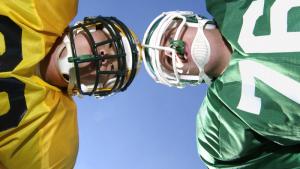
Lawrence Livermore researchers are working with Autodesk to design better and more effective helmets.
Using their heads
Lawrence Livermore has partnered with Autodesk to design next-generation protective helmets, specifically how to improve design performance.
Through the application of goal-oriented design software tools, LLNL and Autodesk expect to generate and analyze the performance of very large sets – thousands to tens of thousands – of different structural configurations of material microarchitectures.
In addition to benefiting from the use of computer software, helmet design also stands to receive considerable advantages from additive manufacturing.
Helmets represent a class of objects whose internal structures not only need to be lightweight, but also must absorb impact and dissipate energy predictably.

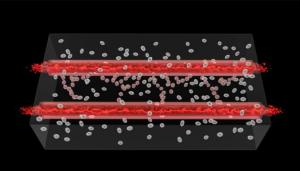
LLNL researchers say the precision and 3D structures made possible through bioprinting enable more effective reproduction of human physiology outside of the body, which will eventually lead to a better representation of each tissue system that makes up the body.
‘Living’ blood vessels in 3D
Human vasculature is incredibly complex and difficult to print accurately, but a team from Lawrence Livermore seems to have a potential solution to the blood vessel issue.
The Lab team used special 3D bioprinters that create objects using “bio-ink”— a material designed to be compatible with living human tissue. They wanted to create a viable system for blood vessels to grow instead of attempting to print these detailed microstructures.
Researchers printed two small vessels out of bio-ink before passing blood and essential nutrients through these vessels. Eventually, the team found that capillaries grew and connected the two vessels. The team sidestepped the need for incredibly fine printing detail by "co-engineering" existing natural processes.

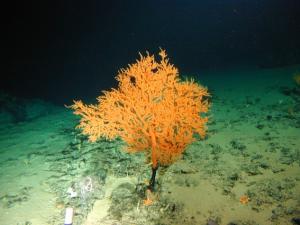
Lawrence Livermore scientists and collaborators have studied coral to determine the plankton population in the Pacific Ocean over the past 1,000 years. Image courtesy of NOAA Hawaii Undersea Research Laboratory
Skeletons tell tales of plankton life
Lawrence Livermore National Laboratory scientists and colleagues have turned to the skeletons of coral (some of the oldest living marine organisms) to find that there are distinct differences in how plankton respond to climate over the last 1,000 years.
By using samples of Hawaiian gold corals, which are useful paleo-environmental archives, the team used a new technique to analyze compound-specific individual amino acids found in the coral’s organic skeleton.
These findings have major implications for understanding past and future changes in open ocean productivity and food web dynamics, the efficacy of the biological pump and ocean biogeochemical cycling.

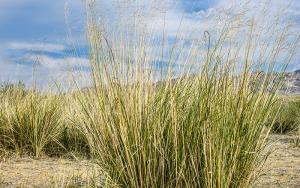
Lawrence Livermore scientists and collaborators are studying switchgrass, which can grow and propagate in marginal soils, making it a good candidate for sustainable biofuel production.
Switching to biofuels
Switchgrass, a perennial native to the tallgrass prairie, is one of the most promising bioenergy crops in the United States, with potential to provide high-yield biomass on marginal soils unsuitable for traditional agricultural crops.
New research by Lawrence Livermore National Laboratory, UC Berkeley, the University of Oklahoma, Lawrence Berkeley National Laboratory and the Samuel Roberts Noble Foundation is looking into whether switchgrass cultivation could result in an enhancement of key ecosystem services such as carbon sequestration, soil fertility and biodiversity.
The team found that switchgrass can grow and propagate in marginal soils, making it a good candidate for sustainable biofuel production.

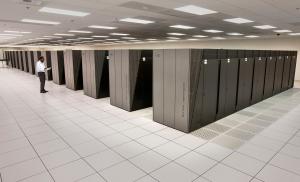
The Sequoia supercomputer played a key role in the Earth mantle convection simulation by a University of Texas-led team that won the 2015 Gordon Bell Prize.
Enabling a winner
The full power of Lawrence Livermore’s Sequoia supercomputer played a key role in the Earth mantle convection simulation by a University of Texas-led team that recently won the 2015 Gordon Bell Prize,
The team’s peak performance results were achieved on the full Sequoia system last summer, and the weak and strong scaling results figured prominently in the team’s presentation at the Supercomputing Conference in Austin, Texas.
LLNL’s onsite IBM analyst Roy Musselman and Livermore Computing’s Scott Futral were acknowledged for their contributions to the project in carrying out the Sequoia calculations.





